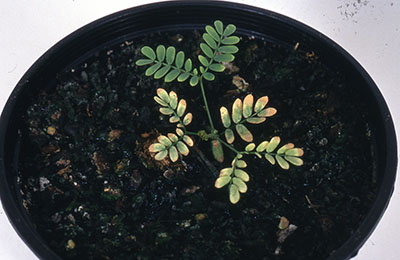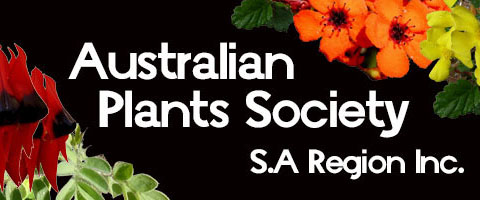Fertilisers for native plants in gardens
Phosphorus-sensitive native plants
It is not possible to give here an exhaustive list. The book Growing Media for Ornamental Plants and Turf (Handreck and Black, 4th ed, 2010, pp. 525-531) has an extensive list. General guidelines will have to do here.
 The following groups of plants are generally not sensitive to phosphorus: Myrtaceae, chenopods, plants from calcareous soils, plants from rainforests.
The following groups of plants are generally not sensitive to phosphorus: Myrtaceae, chenopods, plants from calcareous soils, plants from rainforests.
The following groups of plants contain many species that are sensitive: Proteaceae (grevilleas, banksias, hakeas, etc.); many pea-flower shrubs (Daviesia, Hardenbergia, Kennedia, etc.); perhaps half of all acacias; plants that evolved on soils that are naturally very low in phosphorus, such as the sands of SW WA, the sandstones of the Sydney area, coastal heathlands everywhere.
As you will often not know whether or not a particular plant is sensitive to phosphorus, the best action is to use a nitrogen-only or nitrogen plus potassium fertiliser at planting. The options are:
For nitrogen only: urea or sulphate of ammonia at 5 g/planting hole, well mixed into the soil and watered in.
For nitrogen plus potassium: The easiest option is to use Scotts All Purpose Slow Release Lawn Builder. It has the NPK analysis 32-0-8. Its supply of nitrogen will last for 3 months, which is plenty of time to get your plants established. This could be used at a rate of 10 g/planting hole.
An alternative is to use urea or sulphate of ammonia as above plus potassium sulphate at 3 g/planting hole.
If growth is poor with nitrogen only or nitrogen plus potassium, you can apply some fertiliser with a higher phosphorus content and observe what happens.
Phosphorus-sensitive native plants
Fertiliser use after establishment



